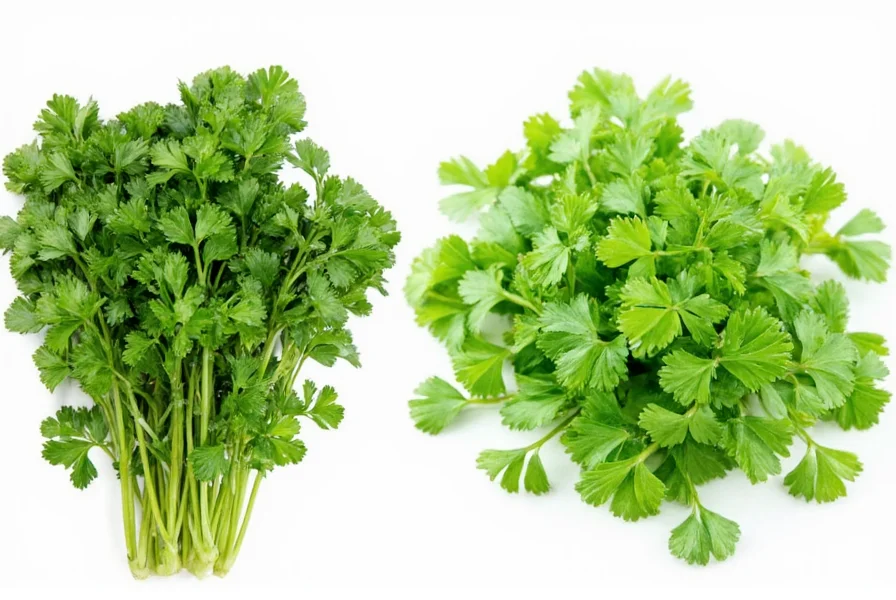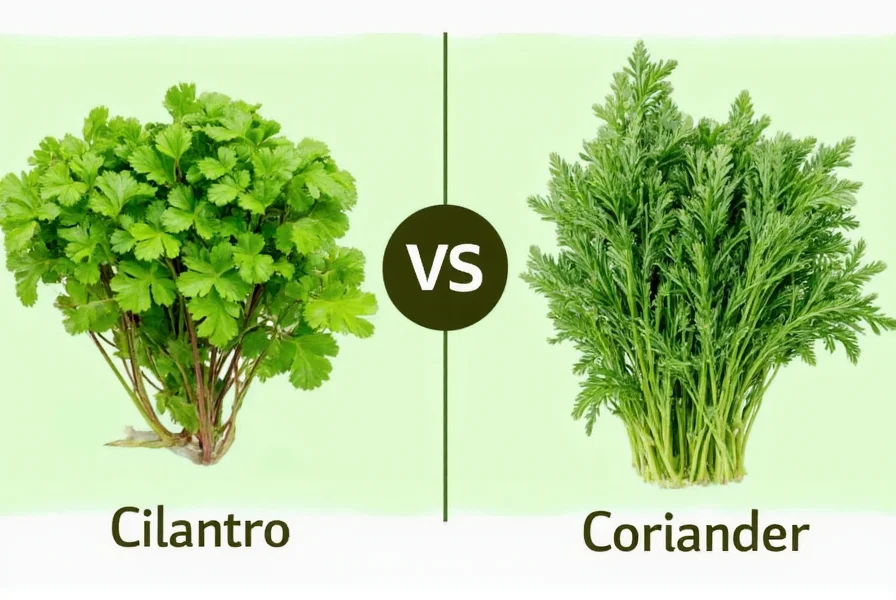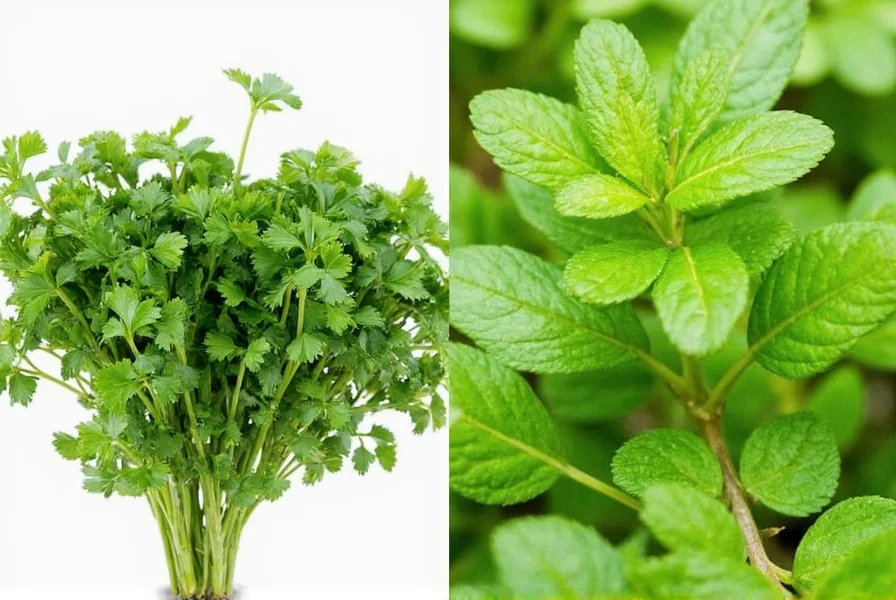Understanding the relationship between cilantro and coriander eliminates confusion in recipes and grocery shopping. This aromatic herb and its seed counterpart belong to the Apiaceae family, sharing identical botanical origins but serving distinct culinary purposes due to their dramatically different flavor profiles.
The Terminology Divide: Why Two Names for One Plant?
The terminology split primarily follows regional language patterns. In the United States and Canada, “cilantro” (from Spanish) specifically denotes the fresh herb, while “coriander” refers to the spice seeds. Most other English-speaking countries, including the UK, Australia, and India, use “coriander” for both the fresh herb and its seeds, often specifying “coriander seeds” when referring to the spice.
This linguistic divergence stems from historical trade routes. Spanish explorers brought the plant to the Americas, using their term “cilantro,” while British colonizers maintained the original Greek-derived “coriandrum” that evolved into “coriander.”

Botanical Background of Coriandrum sativum
Native to regions spanning Southern Europe, North Africa, and Southwest Asia, coriander has been cultivated for over 3,000 years. Ancient Egyptians used it both culinarily and medicinally, with seeds found in Tutankhamun's tomb. The plant grows to 50 cm tall with slender stems, triangular leaves, and small white or pink flowers that develop into spherical seeds.
Cilantro: The Fresh Herb Component
Cilantro features delicate, lacy green leaves with a bright, citrusy aroma and distinctive flavor that polarizes palates. Approximately 21% of people possess a genetic variation that makes cilantro taste like soap due to heightened sensitivity to aldehyde compounds present in both soap and the herb.
Chefs prize fresh cilantro for:
- Adding vibrant color and flavor to salsas, guacamole, and ceviche
- Garnishing finished dishes like curries, soups, and tacos
- Blending into chutneys, pestos, and herb oils
- Providing fresh contrast in grain bowls and salads
Coriander Seeds: The Dried Spice Component
When cilantro flowers mature, they produce round, beige seeds known as coriander. These seeds develop a warm, nutty, slightly citrus flavor that transforms when toasted, releasing complex aromatic compounds. Ground coriander forms a foundational element in spice blends worldwide, from Indian garam masala to Moroccan ras el hanout.
| Characteristic | Cilantro (Fresh Leaves) | Coriander (Dried Seeds) |
|---|---|---|
| Flavor Profile | Bright, citrusy, sometimes soapy | Warm, nutty, lemony, floral |
| Primary Culinary Use | Raw garnish, fresh salsas, ceviche | Spice blends, baked goods, pickling |
| Storage Method | Refrigerate stems in water (like flowers) | Airtight container away from light |
| Shelf Life | 1-2 weeks fresh | 6-12 months whole, 3-6 months ground |
Other Plant Components Worth Knowing
Beyond the familiar leaves and seeds, other parts of the coriander plant serve culinary purposes:
- Coriander roots: Popular in Thai cuisine for curry pastes, offering intense earthy flavor
- Coriander flowers: Edible blossoms with mild flavor used as garnish
- Coriander stems: More fibrous than leaves but packed with flavor for stocks and braises
Practical Usage Tips for Home Cooks
Understanding how to work with both forms enhances your cooking:
- Add fresh cilantro at the end of cooking to preserve its delicate flavor
- Toast coriander seeds before grinding to maximize aromatic compounds
- Freeze cilantro in oil to extend its shelf life while maintaining flavor
- Substitute parsley or celery leaves when cilantro isn't available (though flavor differs)
- Use ground coriander in baking for subtle citrus notes in cakes and cookies

Common Questions About Cilantro and Coriander
Many home cooks encounter similar challenges when working with this versatile plant. Understanding these nuances helps maximize culinary success whether following Mexican, Indian, or Southeast Asian recipes that specify one or both components.











 浙公网安备
33010002000092号
浙公网安备
33010002000092号 浙B2-20120091-4
浙B2-20120091-4